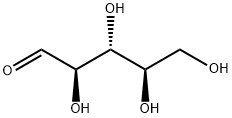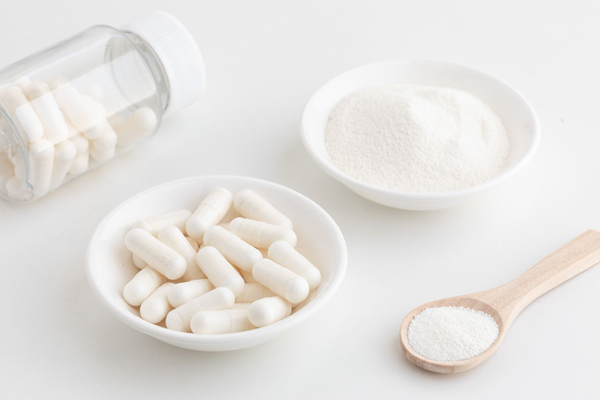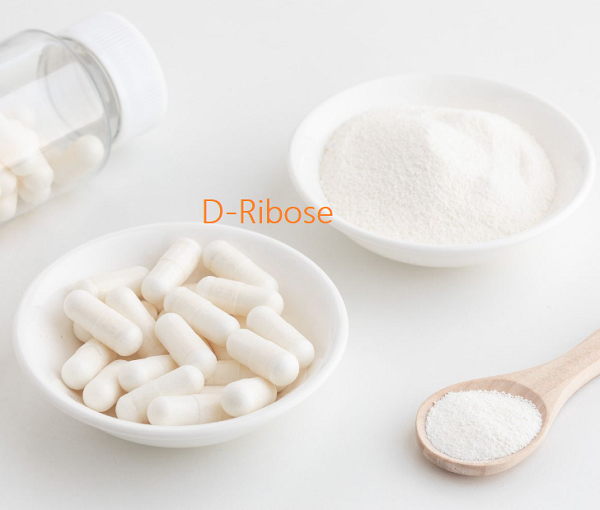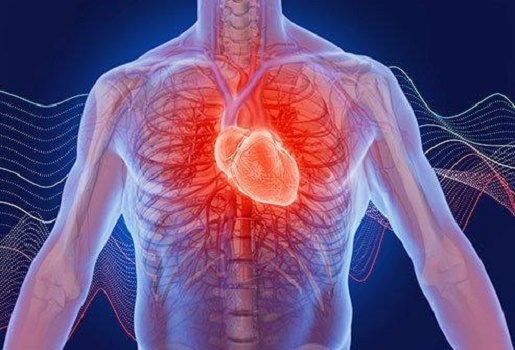The importance of D-ribose in human health
Introduction
D-ribose is an important five-carbon monosaccharide with the chemical formula C5H10O5[1]. It is an important constituent of ribonucleic acid (RNA) and ATP, and plays an important role in the formation of life. D-ribose is also an important pharmaceutical intermediate for the production of various nucleic acid drugs. D-ribose easily absorbs moisture in the air. D-ribose is used as pharmaceutical raw materials, health products, intermediates, food additives, etc.
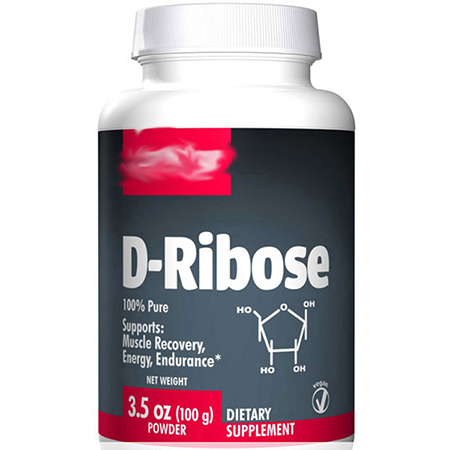
Picture 1 Health supplements about D-ribose
Physiological function of D-ribose
D-ribose is a monosaccharide containing five carbon atoms, and it is an extremely important aldopentose[2]. D-ribose is an important component of ribonucleic acid (RNA), the genetic material in organisms. It is a pivotal position in the metabolism of nucleosides, proteins and fats, and has important physiological functions and broad application prospects. D-ribose, as a natural component existing in all cells in living organisms, is closely related to the formation of adenosine and the regeneration of adenosine triphosphate (ATP), and is one of the most basic energy sources for life metabolism. It plays a key role in cardiac and skeletal muscle metabolism, and can promote the recovery of ischemic tissue and local hypoxic tissue. Nucleic acid drugs are an important means for human treatment of viruses, tumors and AIDS. D-ribose is an important intermediate of many nucleic acid drugs, which can be used for ribavirin, adenosine, thymidine, cytidine, and fluoroadenosine. In the production of many drugs such as glycosides, 2-methyladenosine, wetatoxin, pyrazole toxin, and adenosine.
D-ribose conservation
The three major energy-producing nutrients of the human body, sugar, fat, and protein, can synthesize ATP in cells, but in general, sugar is the main raw material for synthesizing ATP. There is one way in which sugar synthesizes ATP. Glucose undergoes a series of chemical reactions, first generating ribose 5-phosphate, then generating purine nucleotides, and finally generating ATP to provide energy to cells. The process is complicated and slow to respond.
The rate at which adenine nucleotides and ATP are produced from glucose varies among organs. The study found that the highest rates were in the kidneys, followed by the liver, with the heart and skeletal muscle having the lowest rates. This shows that the ability of the heart and skeletal muscle to synthesize ATP is lower than that of the kidney and liver, that is to say, the most vulnerable tissues or organs to be damaged by insufficient ATP synthesis are the heart and skeletal muscle.
Middle-aged and elderly people often suffer from atherosclerosis. Due to stenosis of blood vessels and poor blood flow, various organs are prone to ischemia. Under ischemia, the ATP in the cardiac and skeletal muscle cells will be decomposed in large quantities, and it needs to be replenished in time. The cardiac muscle and skeletal muscle can not replenish in time due to their slow synthesis of ATP, and the function of the heart and muscle declines, resulting in chest tightness, palpitation, limb weakness, fatigue and other phenomena. If the heart is in a state of insufficient ATP for a long time, eventually the heart will "strike" and the body will die of heart failure.
D-ribose is absorbed through the intestinal tract, and after being taken up by cardiomyocytes and skeletal muscle cells in the blood, under the action of ribokinase, the phosphate group generated after the decomposition of ATP is added to directly generate 5-phosphoribose, and then ATP is rapidly generated. Oral administration of D-ribose can rapidly synthesize ribose 5-phosphate in cardiac and skeletal muscle cells through this reaction pathway, which in turn promotes the repair of adenine nucleotides and rapidly generates ATP. The process of forming 5-phosphoribose from glucose is complex and slow, while the process of forming 5-phosphoribose from D-ribose is simple and fast. The pathway of D-ribose to form 5-phosphoribose makes up for the deficiency of slow ATP replenishment in cardiomyocytes and skeletal muscle cells, and its role is more prominent when the body experiences hypoxia, ischemia or high-intensity exercise. Studies have shown that in some muscle fibers, complete ATP regeneration takes 24 to 96 hours (1 to 4 days) for the body to fully recover from excessive exercise. After supplementation with D-ribose, the rate of ATP generation can be increased by about 3 to 4 times, that is, the recovery of ATP storage can be reduced from 1 to 4 days to 6 to 24 hours.
There is only one D-ribose national food health food health food approved by the State Food and Drug Administration in China, and there is no D-ribose related drugs, but in foreign countries, especially in Europe and the United States, doctors will instruct patients with heart disease to take D-ribose. To protect the heart, research in this area has also become a new focus.
Reference
1 Wang Shuqing, Chen Ning, Li Ying, Zhang Kexu. Breeding and fermentation conditions of D-ribose-producing strains. 1999
2 Gao Shuhong, Qiu Weiran, Ding Qingbao, etc. Breeding and fermentation of D-ribose-producing bacteria. 2000
Related articles And Qustion
See also
Lastest Price from D-Ribose manufacturers

US $0.00/kg2025-08-26
- CAS:
- 50-69-1
- Min. Order:
- 1kg
- Purity:
- 99%min
- Supply Ability:
- 20tons
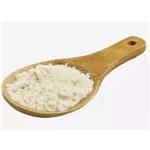
US $0.00-0.00/kg2025-06-06
- CAS:
- 50-69-1
- Min. Order:
- 0.001kg
- Purity:
- 99.99%
- Supply Ability:
- 1000000T
